There are so many locations of Roman ruins around the ruins of Hadrian's wall, which was built 2,000 years ago and runs between Newcastle and Carlisle and was built as the most northern point of the Roman Empire and to keep out the people from the north. Visitors to the Hadrian's Wall area have a range of places to see various ruins, museums, and to complete walks, so I thought that I would put together a list of the areas that I have been to. I will be updating this list whenever I visit another Roman attraction along the wall or in the area.
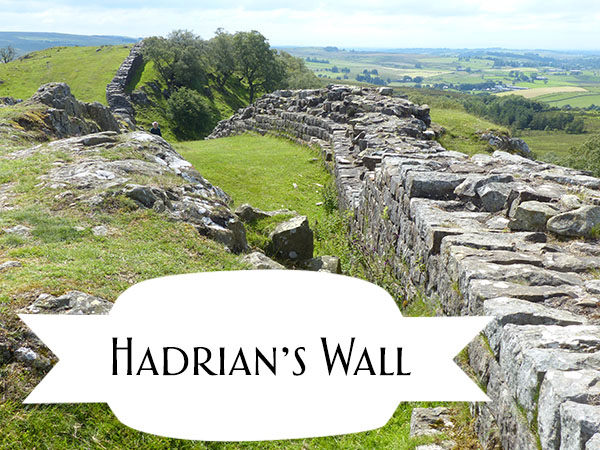
The ruins along Hadrian's wall include the following:
Roman Forts and/or Towns: Set up near to Hadrian's wall are a number of towns and forts. Some of the sites are more town than fort or more fort than town. Some of the forts appear to have a speciality skill such as soldiers with skills in naval, calvalry, or other areas.
Milecastles: These multi-storey towers are located along the wall every mile or so and acted as lookout and signal towers. Each one is numbered.
Temples: Temples were usually outside of town walls but near to towns or forts. Temples were dedicated to various gods or goddesses, imported and homegrown.
Bathhouses: Some of the bathhouses were located outside of the town and allowed the soldiers and citizens to enjoy the bathing ritual that was important socially in Roman life.

Milecastle 39 and Sycamore Gap
Walk between Peel Gap Tower and Sycamore Gap with Milecastle39 in between.
This walk begins at Steel Rigg car park and passes Peel Gap Tower in the valley below before heading up and down hills to Milecastle 39 and then to Sycamore Gap. Continue walking and you will end up at Housesteads. The Pennine Way is a hilly trail on the top along the wall, or the Hadrian's Wall Walk can be walked slightly downhill and is more accessible/level. Sycamore Gap is an attractive little spot with a tree.
Rating: High
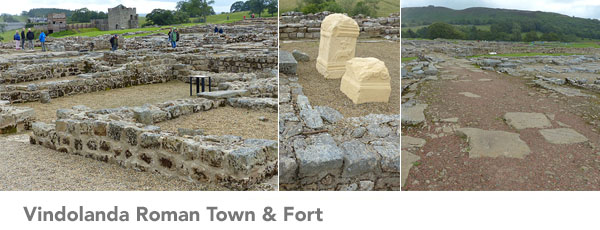
Roman Fort Town of Vindolanda
Roman town and fort
This town and fort is continuously being discovered and uncovering secrets. The site contains a wonderful museum with some of the best artefacts from the Roman Empire in Britain ever discovered. The site was built upon over the years that it was settled.
Rating: Medium
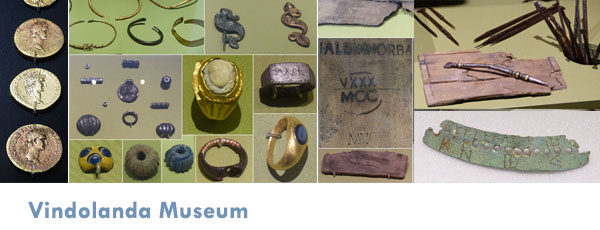
Museum at Vindolanda
Museum with finds discovered at Vindolanda
This is a very good museum with many interesting artefacts that were discovered at Vindolanda. It has a large collection of leather items as well as wooden tablets with personal messages, giving an insight into the people who lived here during Roman Britain.
Rating: High

Corbridge Roman Town (Coria)
Roman town and fort
Coria was more of a Roman town than a fort, although it may have altered its purpose over time. The site was occupied for many years and is suspected to have had great wealth and was a centre of trade. Only a fraction of the town has been uncovered.
Rating: Medium
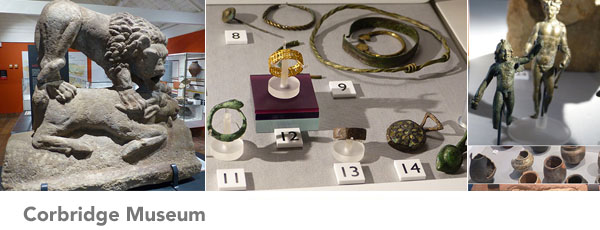
Corbridge Roman Town Museum
Museum with artefacts found at Corbridge
This museum mainly covers items discovered at or near the Roman town and fort of Corbridge/Coria.
Rating: High

Roman Army Museum
Museum about the Romans at Hadrian's Wall
This museum covers everything about the Roman Army at Hadrian's Wall and is a mixture of information and artefacts discovered.
Rating: Medium
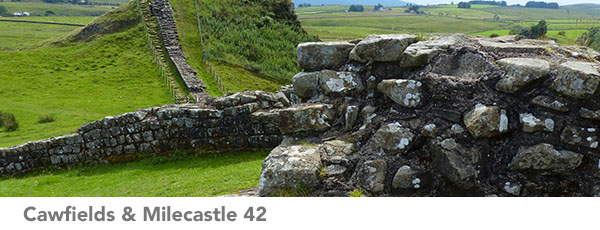
Cawfields Roman Wall and Milecastle 42
Milecastle and section of wall
This section of wall was destroyed in the 1940s when a quarry was built through it, but the Milecastle remains here and is easily accessible near the car park at the quarry.
Rating: Low

Chesters Roman Fort and Town
Roman fort with bathhouse
The Roman fort here can be explored with some of the ruins in good condition. The main attraction here is the bathhouse down by the river; it is in great condition to explore. There is also a museum here, but it is currently shut.
Rating: High
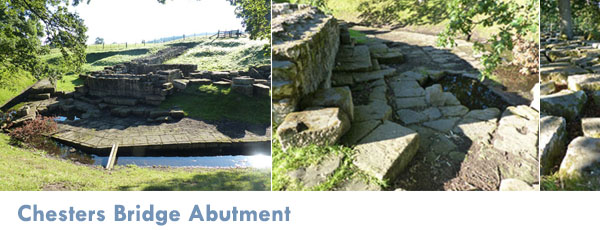
Chesters Bridge Abutment
Roman bridge ruins
The ruins of the Roman bridge at Chesters are actually the ruins of two different bridges built at different times. The ruins of the bridge are accessed via a ten-minute walk down a trail.
Rating: Medium
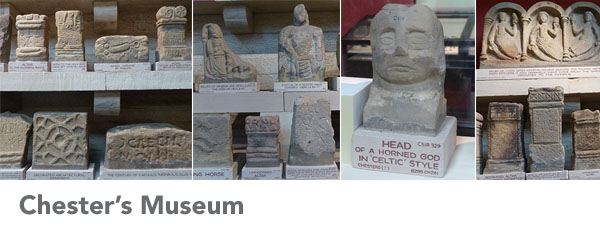
Chesters Museum
Museum
A museum at Chester's fort (see above link) contains a lot of Roman carvings and stonework primarily, and it contains over 27,000 items that helped give an understanding of the soldiers who lived in Chester and their social lives and influences. The museum was built and open to the public since the late 1800s.
Rating: High
Temple of Mithras and Carrawburgh
Roman fort earthworks and temple
The Roman fort of Carrawburgh is here, but it is covered and has not been escavated in any detail as far as I am aware. The site is located near an offering well, which no longer exists, and a temple dedicated to Mithras.
Rating: Low

Walltown Crags
Section of wall
There is a longer walk but this is an attractive section of the wall to visit and ideally walk. There is a milecastle near here, but a turret is at the top of the hill.
Rating: Medium
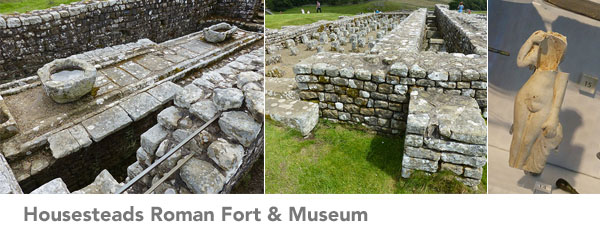
Housesteads (Vercovicium) Roman Fort and Museum
Roman fort with museum
This fort (which did include a town) probably got the most action because of its location on the wall. The fort is a short walk from the car park and up a hill, and one of the main attractions here is to see the Roman latrines because they are in very good condition. There is a museum at the site that is worth visiting that contains a lot of discoveries made at or near Housesteads.
Rating: High

Birdoswald (Banna) Roman Fort and Museum
Roman fort with museum
This Roman fort is in a low area to the west of the wall (on the Carlisle side) with a view over the hillside. The ruins are heavily destroyed with a lot of stone being used for buildings, including the house currently on the site that holds the museum. The views here are spectacular.
Rating: Low
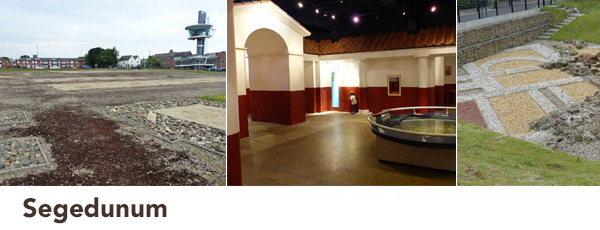
Segendunum Roman Fort and Museum
Roman fort with museum
This Roman fort is the first one at Wallsend on the eastern coast. It was contructed on top of but has now been escavated, although there is not much to see of the ruins today. Visitors can explore the museum and see Roman items discovered here.
Rating: Low
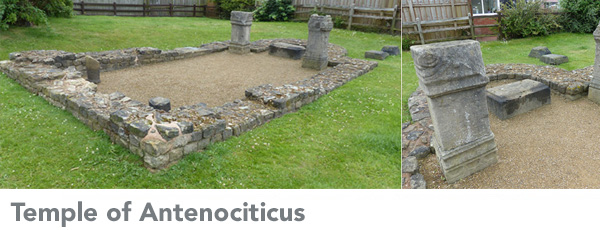
Temple of Antenociticus
Roman temple
This temple is for the little-known god named Antenociticus. The footprint of the temple with two alters can be seen in between houses.
Rating: Low

Benwell Vallum Crossing
Roman gatehouse and earthworks near fort
This vallum provides entrance and exit over an extra defence along Hadrian's Wall. The vallum was a mound of dirt with a ditch, and this vallum crossing allowed authorised people to get beyond the extra defenses. It led to the Roman fort Condercum.
Rating: Low
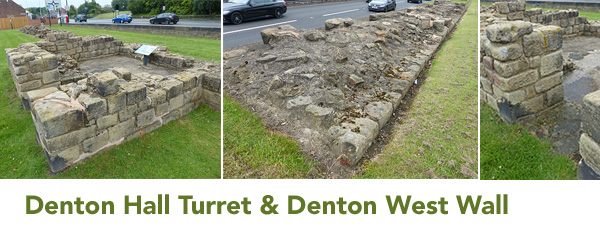
Denton Hall Turret & Denton West Wall
Roman milecastle and wall ruins
Ruins of the Roman wall can be seen along the road in Newcastle at Denton; there is also the remains of a milecastle along the mile stretch of road. Not much of the wall survives here, but it can be seen along with information panels in two separate areas at Denton Hall Turret and Denton West wall.
Rating: Low
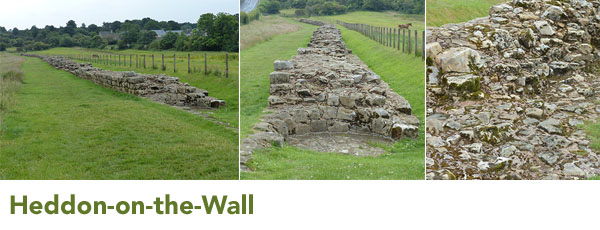
Heddon-on-the-Wall
Roman wall ruins
Ruins of an early version of the Roman wall with a 3-meter wide wall before the Romans decided to narrow the design of the wall can be seen at Heddon-on-the-Wall. This wall exists in a field outside of the village.
Rating: Medium

Bowness-on-Solway
Roman wall ruins
The village of Bowness-on-Solway was built on top of the Roman fort known as Maia, and some of the stonework can be seen in the buildings today. To mark the location as one of the ends of the wall (the western-most reach), a little hut has been erected along the coast behind the buildings. This marks the start or end of the Hadrian's Wall walk. It's a peaceful little place with seating and information about the history and the wildlife at the location.
Rating: Medium

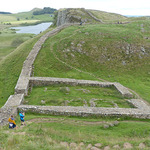
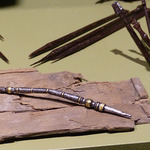
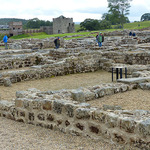
Leave a comment